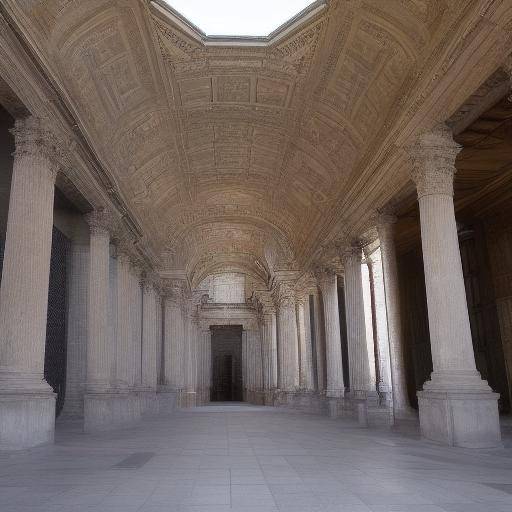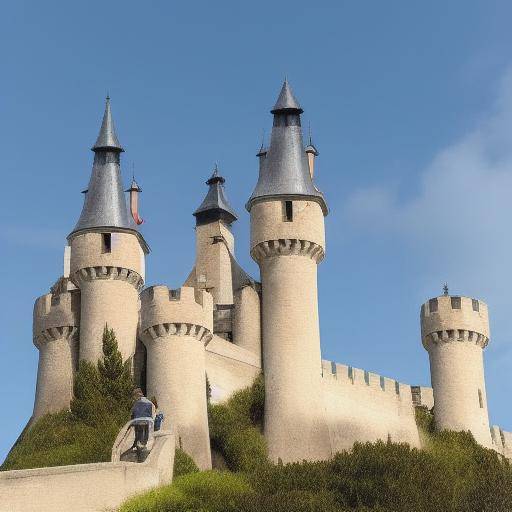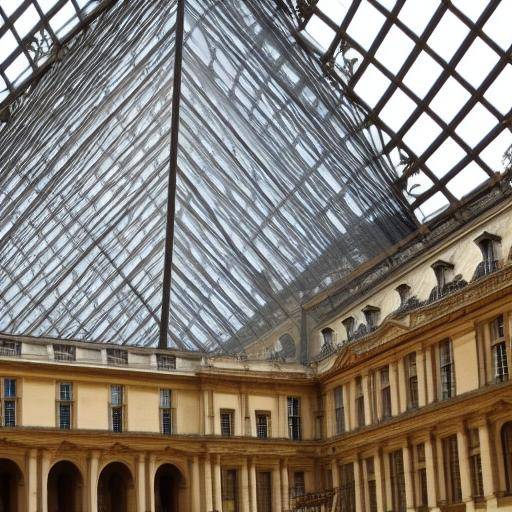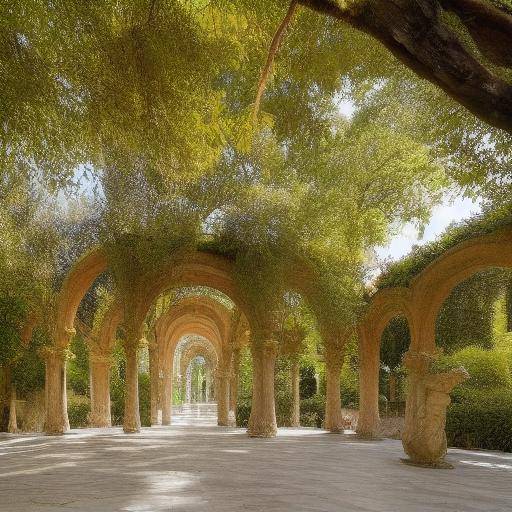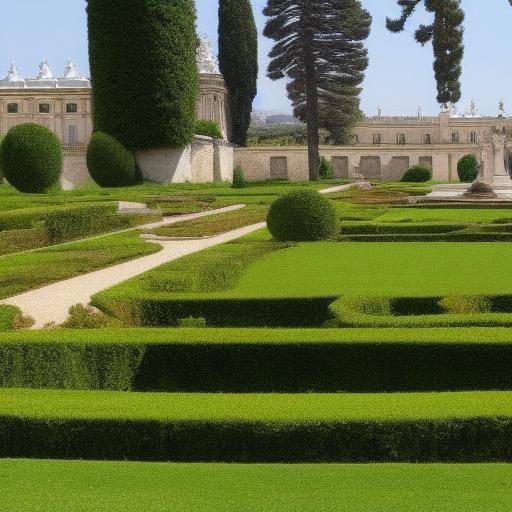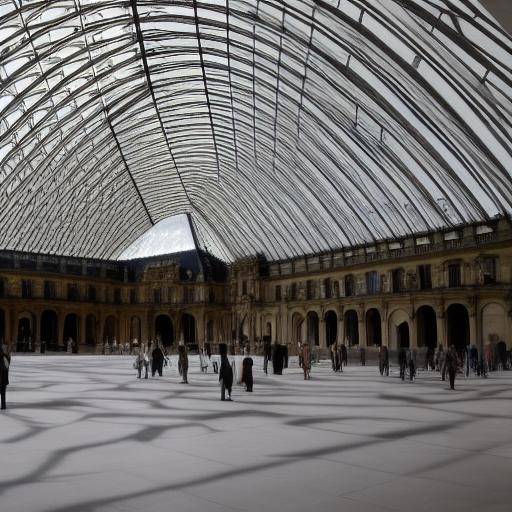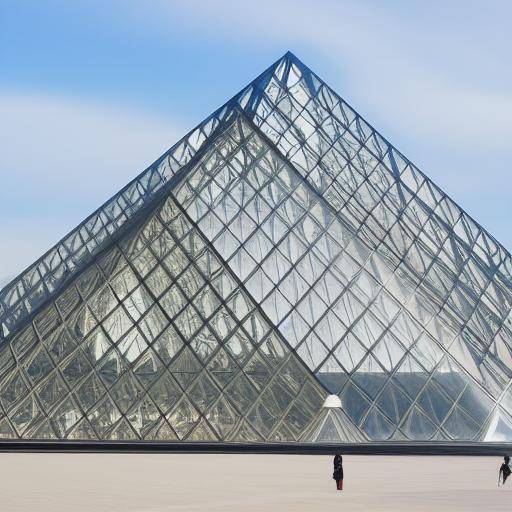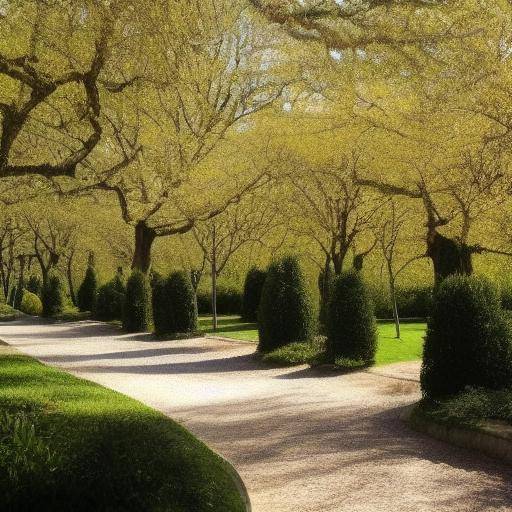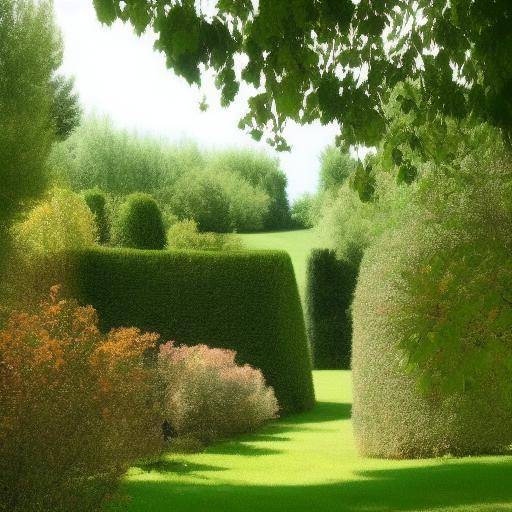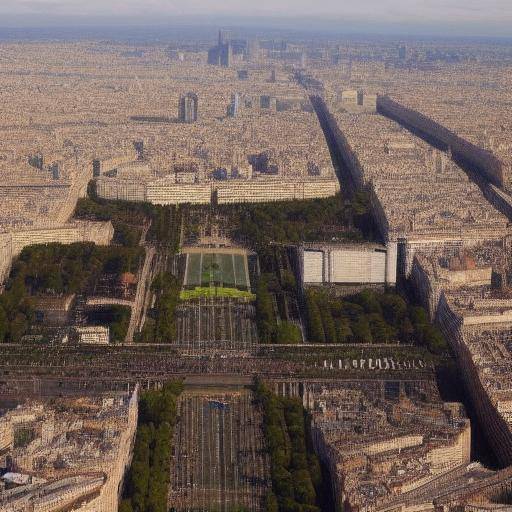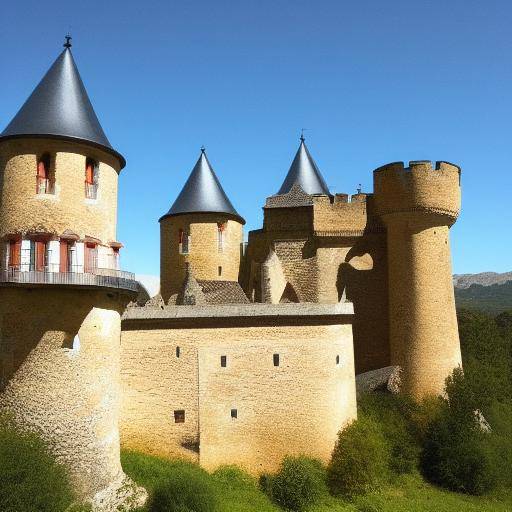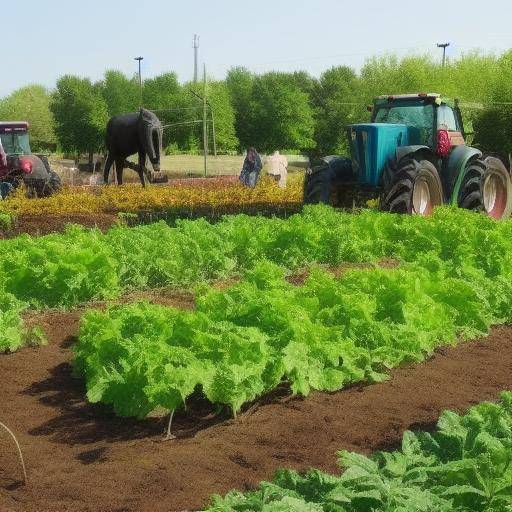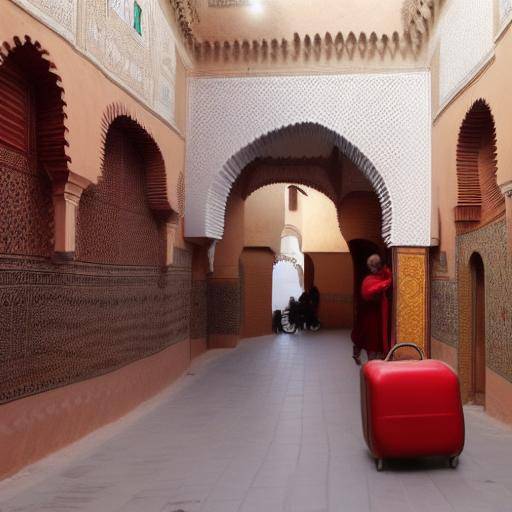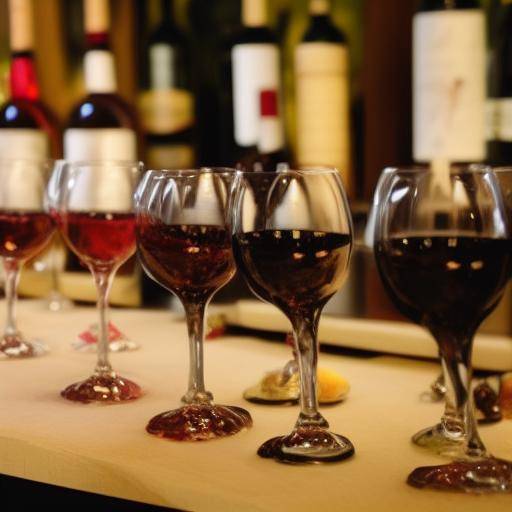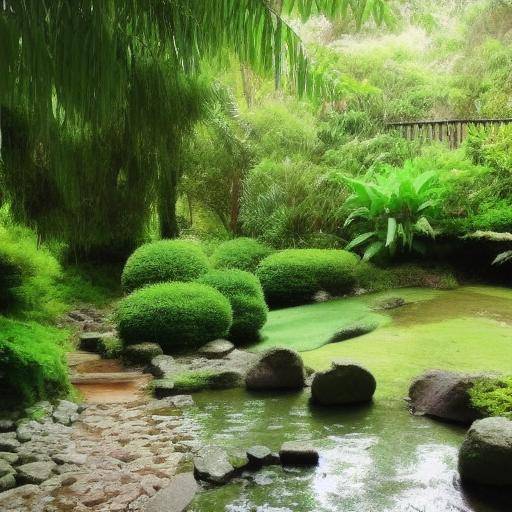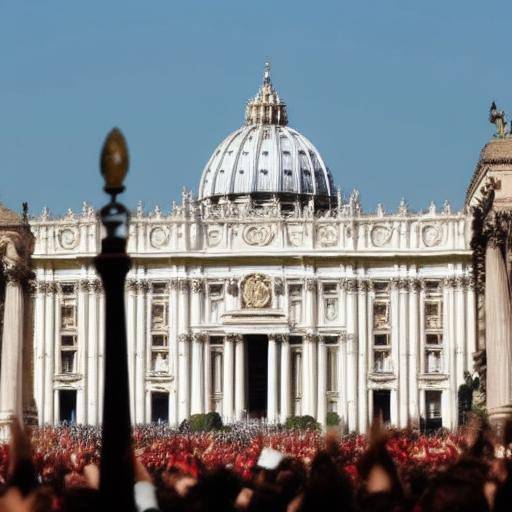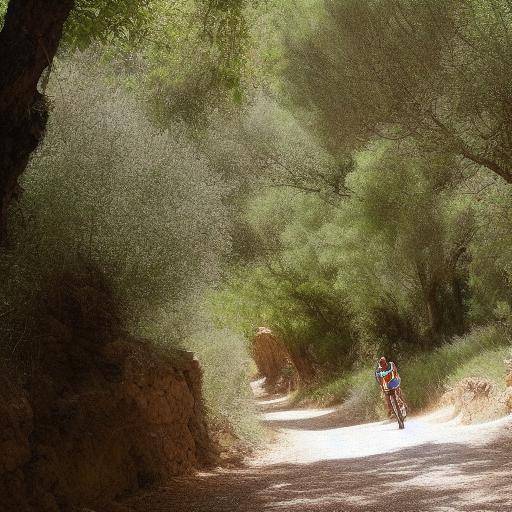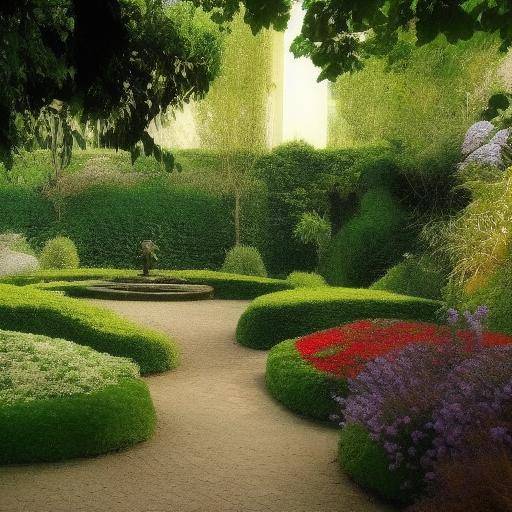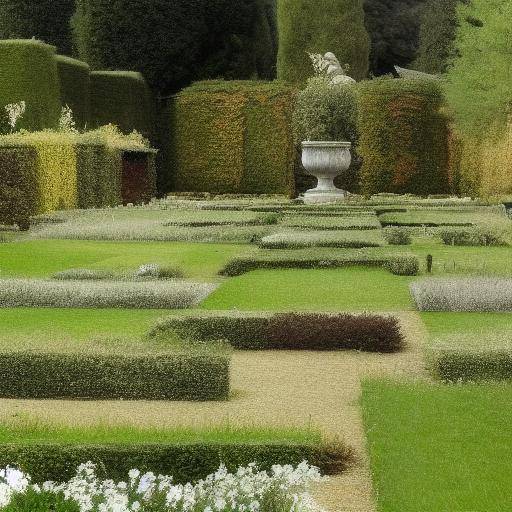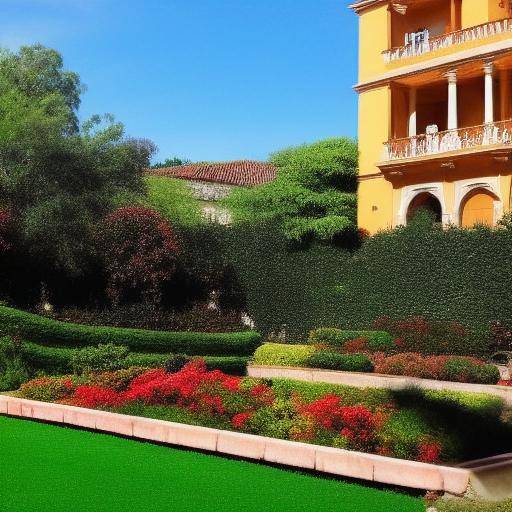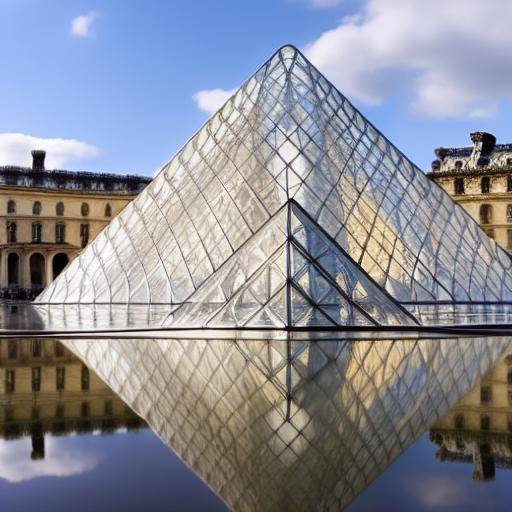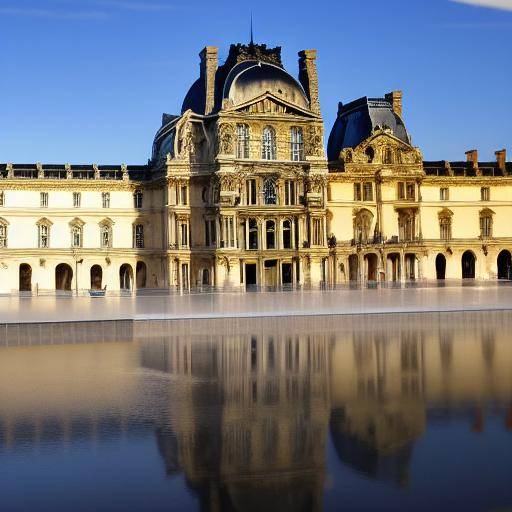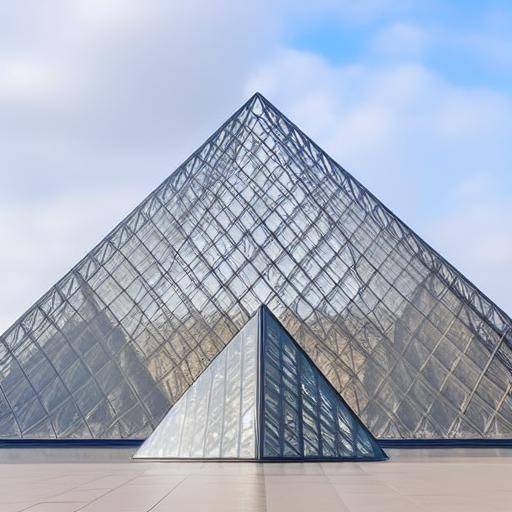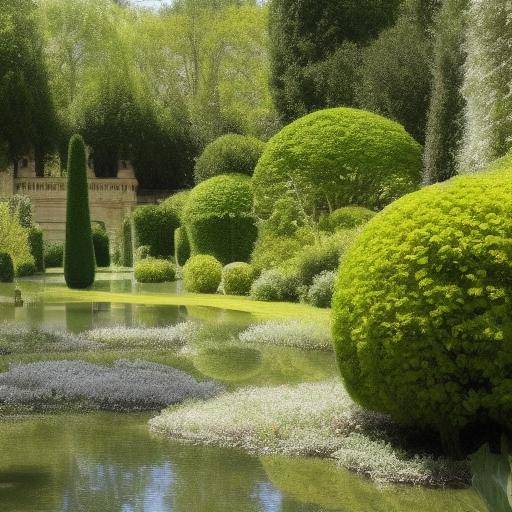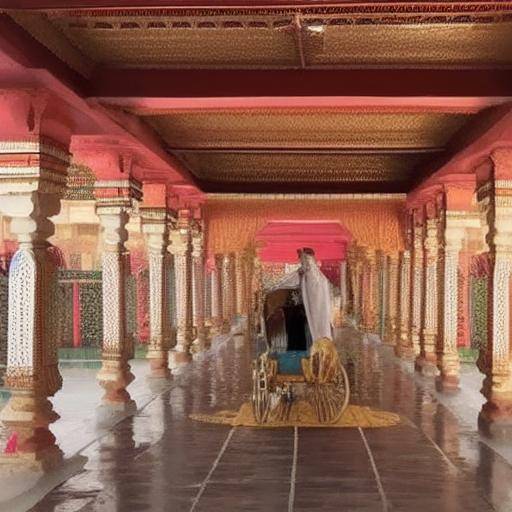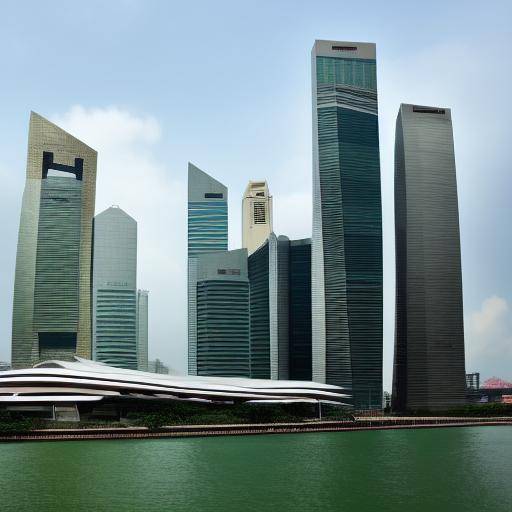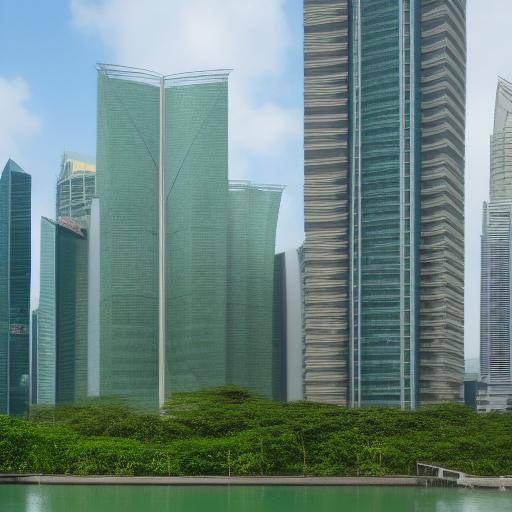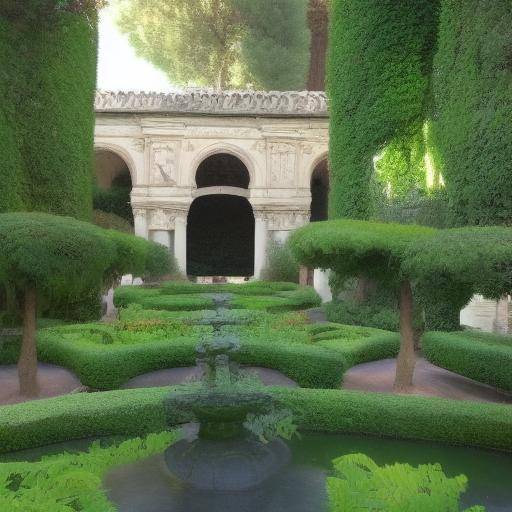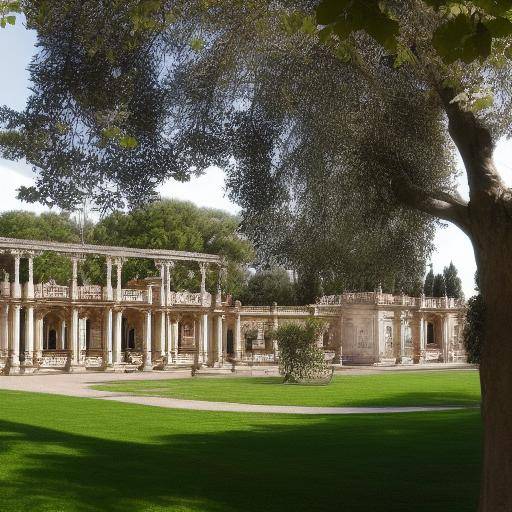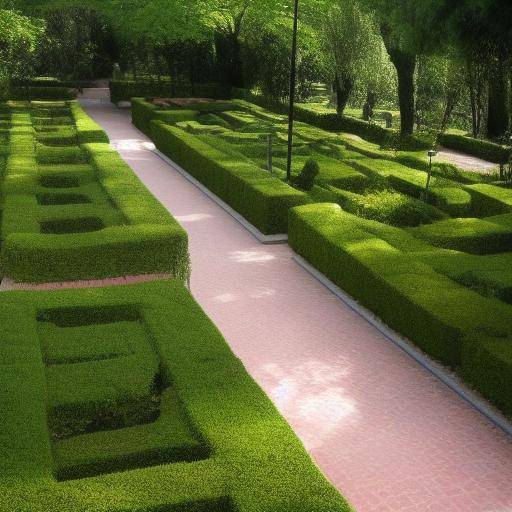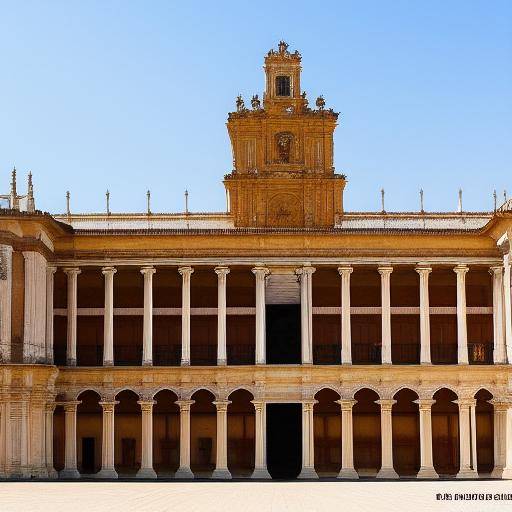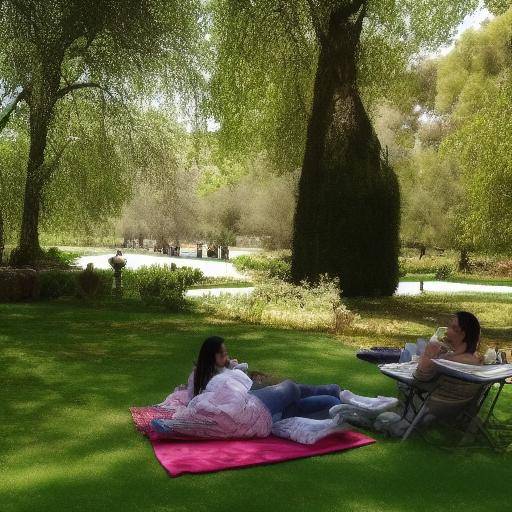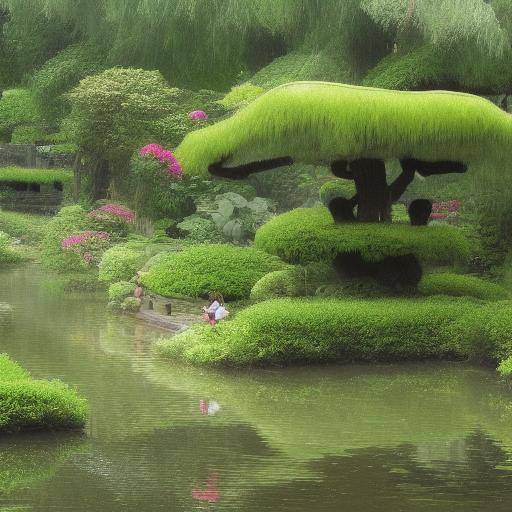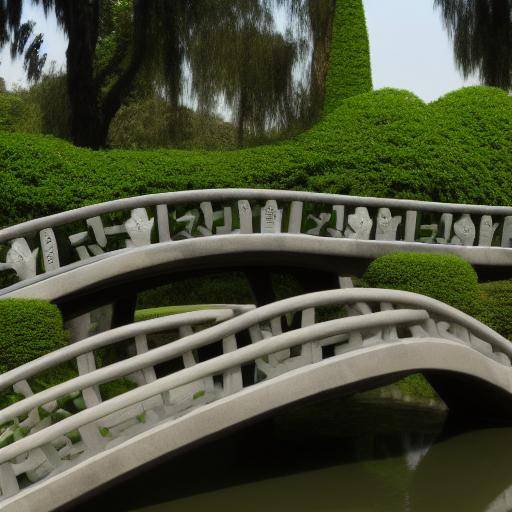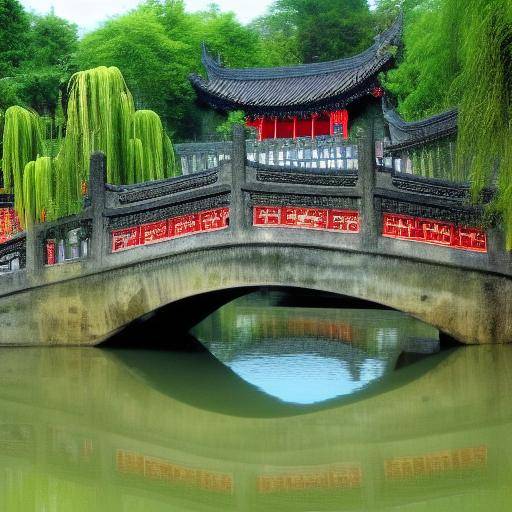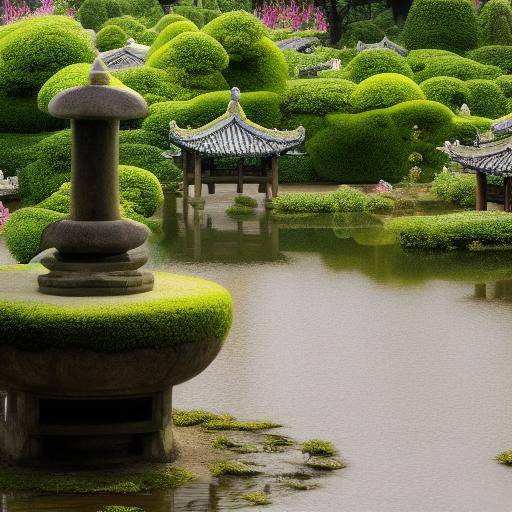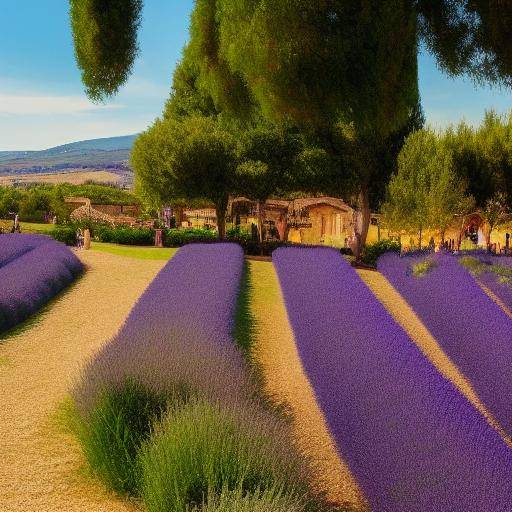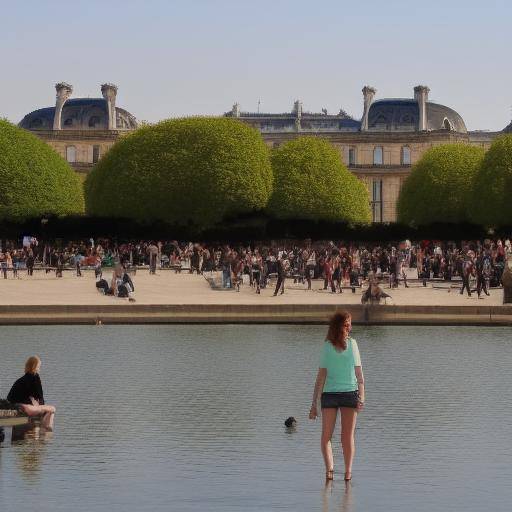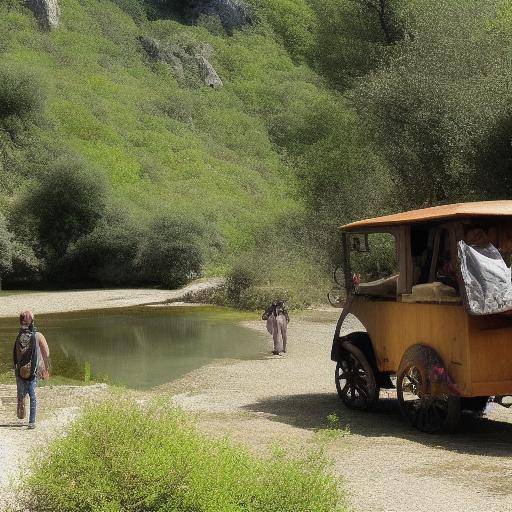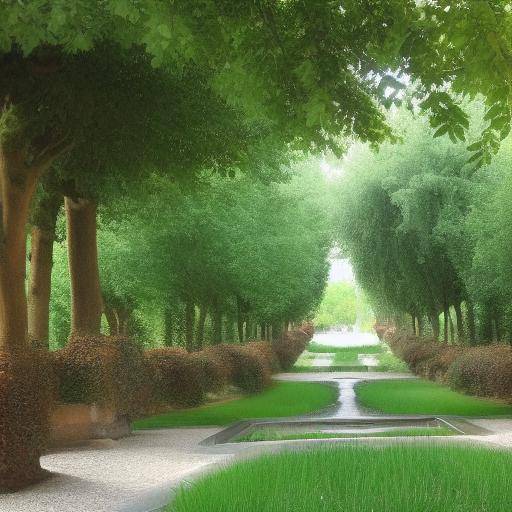
Introduction
The Gardens of Versailles, an exciting encounter between the royal pomp, the landscape mastery and the history of France, offer visitors a unique experience. From the grandeur of the Palace of Versailles to the exuberance of its gardens, this historic enclave is a living testimony of French opulence and art. In this guide, we will explore the history, art and nature that are intertwined in the gardens of Versailles. From its origin to its current impact, we will discover the secrets and magnificence of this emblematic site.
History and Background
The Gardens of Versailles, an undisputed icon of the Baroque style, transcend time as a milestone in French history and landscape design. His story dates back to the seventeenth century, when King Louis XIV, known as the Sun King, decided to transform his father's modest hunting hall into a dazzling palace. The landscaper André Le Nôtre was the architect of this feat, creating a design that integrated nature, art and architecture in perfect harmony. The gardens, with their careful prospects, monumental fountains and lush midwives, became a symbol of monarchical grandeur.
In 1661, during the reign of Louis XIV, the transformation of the vast lands surrounding the Palace of Versailles began in a landscape wonder that exalted the might of the monarch. The gardens, with their perfect geometries and magnificent source system, became the scene of sumptuous royal celebrations. Over the centuries, the gardens have witnessed significant historical events, from the French Revolution to the splendor of Belle Époque.
The splendour of Versailles has remained intact despite the slope of history, and today, these gardens receive millions of visitors every year, marveling them with their timeless beauty. Outdoor art exhibitions, concerts and water shows give life to this landscape, allowing majesty and creativity to continue captivating those who explore them.
Analysis in Deep
The Gardens of Versailles, beyond their aesthetic splendor, play a crucial role in the conservation of the cultural and natural heritage of France. These landscape wonders face significant challenges today, from managing the flow of visitors to preserving their biodiversity. However, through a comprehensive approach that integrates history, art and nature, gardens continue to inspire and educate future generations.
In the 21st century, the Gardens of Versailles are established as a reference point in the sustainability and conservation of historical heritage. Efforts to balance the preservation of the original landscape with the demands of tourists and events require a carefully planned approach that guarantees the perpetuity of this exceptional legacy.
Comprehensive review
The importance of the Versailles Gardens transcends the purely aesthetic, as they offer a unique look at the interaction between art, history and nature. His legacy has influenced the architecture and design of gardens around the world, serving as an inexhaustible source of inspiration to strengthen the connection between man and his environment. The thorough study of the principles that govern these gardens reveals fundamental lessons about the harmony between human creativity and nature, providing a timeless guide to the design and conservation of the landscape.
Comparative analysis
The gardens of Versailles, like the palace that houses them, are representative of French luxury, art and precision. Compared to other emblematic gardens in France, such as the Jardines de Luxemburg in Paris or the Jardines de Villandry in the Loire Valley, those of Versailles stand out for their scale and opulence. However, they all share the essence of the French gardening tradition, characterized by its symmetry, geometry and the masterful use of water as a central element of its design.
Practical Tips and Accessible Tips
If you are planning to visit the Versailles Gardens, here are some practical tips to make the most of your experience:
- Planning ahead: The gardens are vast, and a well-planned visit will allow you to fully enjoy its beauty and attractions.
- Visit the operating sources: Water shows are one of the main attractions, don't miss them!
- Explore beyond the Palace: The gardens extend far beyond the main palace, discover less well-known corners for a more intimate experience.
- Check the event schedule: Outdoor concerts and art exhibitions are amazing experiences that will complement your visit.
- Get dressed comfortably: Be aware that you will walk a lot, so you wear suitable clothes and shoes.
Industry Perspectives and Expert Reviews
Experts in history of art and landscaping agree that the Versailles Gardens represent a monumental milestone in the history of garden design, influencing later generations of landscapers and architects. In addition, heritage conservation authorities emphasize the importance of the careful preservation of these gardens for future generations.
Case Studies and Practical Applications
The Versaille Gardens offer many practical examples of the interaction between history, art and nature. These have served as a stage for cultural events, such as the Festival of Musical Gardens, which combines baroque music with the majesty of gardens. In addition, its meticulous design has influenced urban planning and landscape architecture around the world.
Future Trends and Predictions
Future trends in garden design and heritage management aim at greater integration of history, art and nature in the planning and conservation of green spaces. The sustainable approach and value of historical heritage are expected to remain key pillars in the management of historical gardens, including those of Versailles.
Conclusion
The Gardens of Versailles, with their fusion of history, art and nature, represent an incomparable legacy that continues to inspire and astonish those who visit them. This wonder of art and culture is much more than a mere set of midwives and sources; it is a living testimony of human grandeur. By exploring their gardens and admiring their splendor, visitors connect with centuries of history, discovering a perfect symphony between human creativity and flourishing nature.
Frequently asked questions
What is the best time of the year to visit the Versailles Gardens?
Spring and summer are the ideal seasons, as the gardens are in full bloom, and the fountains are in full operation.
Can you visit the interior of the Palace of Versailles in addition to the gardens?
Yes, you can visit both the palace and the gardens, and it is recommended to plan enough time to explore both.
How long do you need to visit the Versailles Gardens?
It is recommended at least half a day to explore the gardens calmly and enjoy the various attractions.
Are there guided tours to the Versailles Gardens?
Yes, the Palace of Versailles offers guided tours that include gardens, providing a more complete perspective of its history and features.
What is the historical importance of the Versailles Gardens?
The gardens not only represent a milestone in the history of landscape design, but also played a significant role in affirming the power and influence of the French monarchy.
Are there less crowded areas in the gardens for those who prefer a quieter atmosphere?
Yes, the gardens are extensive, and certain areas, such as the Trianon and the Dominion of Maria Antonieta, are often less crowded.
With this, we hope to have provided a complete vision of the fascinating amalgam of history, art and nature that defines the Versailles Gardens. Whether you plan a visit or simply want to explore this cultural heritage from the comfort of your home, we invite you to immerse yourself in the majesty and transcendence of this unique place in the world. May your journey through the gardens of Versailles be as enriching as it has been for generations of visitors!
Note: This guide is only an introduction and does not replace the official information provided by the Palace of Versailles or other recognized sources on the gardens.

